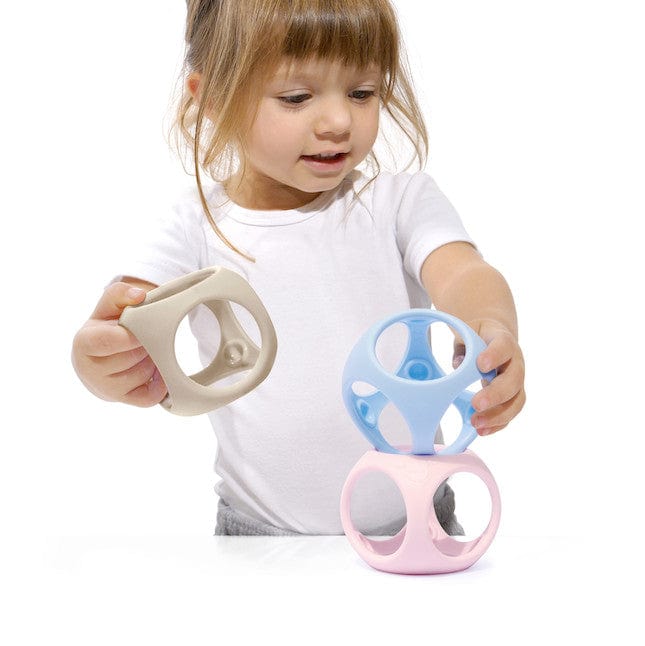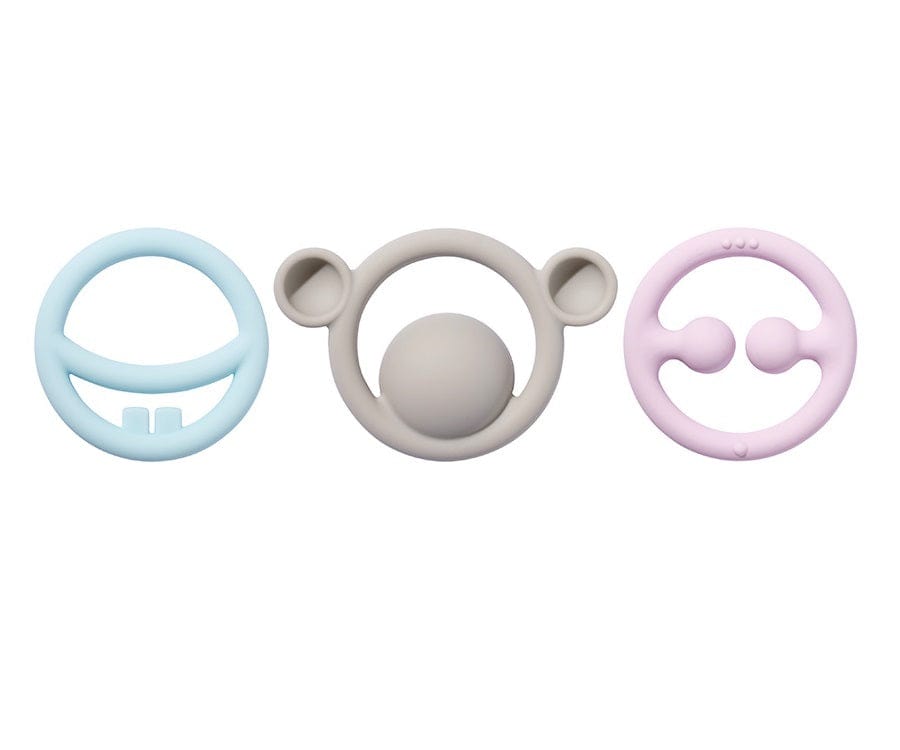Oral Motor Tools
17 products
17 products
One of the most important aspects of childhood development is oral motor function. It’s how a child uses their lips, tongue, cheeks, and other parts of the mouth, allowing them to perform simple tasks like eating and speaking. And while most kids are able to develop these skills on their own, some will need help with theirs. Otherwise, poor oral motor skills will affect their speech, swallowing, and eating capabilities.
Performing oral motor exercises and using toys are some of the most trusted methods to build and enhance oral motor function. With these, the child can improve muscle strength and coordination. Toys, in particular, can target specific muscle groups for better oral motor development. Sensory Assist has all these products, and we’ve shared more in-depth detail about how these items help your small children. Keep reading to learn more!
Oral motor exercises are a set of activities designed to develop the motor function of a child’s mouth. Normally, these skills start to emerge while they’re still a fetus and continue to develop until they’re four years old. By age three, a child must be able to consume liquids and solids, chew foods with advanced textures, and speak simple sentences. Oral motor exercises help children achieve these skills, especially if they are showing signs of underdeveloped oral motor skills.
Some common oral motor exercises include biting or chewing on chew toys, licking lollipops, and playing Simon Says but with the tongue. Even the simple act of opening and closing the mouth is considered a helpful activity. Oral motor toys are helpful for these exercises since many of them are designed to target specific issues.
It’s not just children with an underdeveloped oral motor function who’ll benefit from these exercises or toys. Any kid will gain something from practising these activities, which can result in the following.


Speaking involves a lot of muscles, from the vocal cords to the tongue. It can be a complicated process, especially for kids with weaker articulators. However, oral motor exercise can drastically improve speech by strengthening muscles.

Much like speaking, eating and drinking food involves a lot of steps. From opening their mouths all the way to swallowing, consuming food entails movement from several muscle groups. Oral exercises and toys like teethers and chewing pendants mimic these movements to help a child become more familiar with the sensations.

While this is perfectly normal during the early months, thumbsucking should be discouraged once a child starts developing adult teeth. Toys and certain oral exercises can help break the habit so that it won’t affect the way they eat or speak, especially in pronouncing hard consonants.

Chew toys, bubble blowers, and other toys used in oral motor exercises strengthen the muscle groups overall. This provides a holistic improvement in all movements involved, enhancing a child’s ability to eat, drink, and speak.

Practising oral motor exercises helps a child develop an understanding of how their mouths work. This can help them fine-tune their speaking skills, especially in pronouncing more complicated vowel or consonant combinations and words. In addition, increased oral awareness helps them perceive structures and conditions in their mouths, allowing them to express better any issues they might feel when chewing or speaking.
Oral motor toys are the ideal complement to improving a child’s oral motor function. These can help fix specific issues, muscle groups, or areas in the mouth that need extra training. But, of course, these must be used correctly and with correct exercises to maximise the effects.
Chew toys are made of soft, food-grade material perfect for a young child’s chewing urges. Kids' repeated biting and chewing motion with these toys help strengthen jaw muscles and gums. Still, they’re soft enough that chew toys remain gentle on the more sensitive mouthparts. These are also effective in discouraging harmful habits like thumbsucking and nail-biting.
When kids start going to school or learning to write, there’s a tendency for them to stick their mouths on the tops of pencils. This is a harmful activity since it can damage their delicate palates and gums. To make the activity safer, we recommend pencil toppers. Aside from protecting kids’ mouths from metal parts, these toppers aid in oral motor exercises. They encourage good chewing movements and stimulate muscles.
Teethers have a similar purpose as chew toys, but these are used more in soothing a baby’s gums as teeth emerge. Still, teethers help kids exercise cheek muscles and the tongue since these also encourage sucking movements.